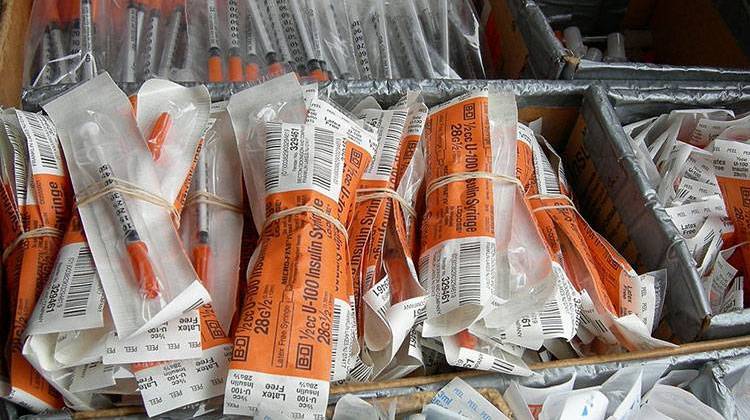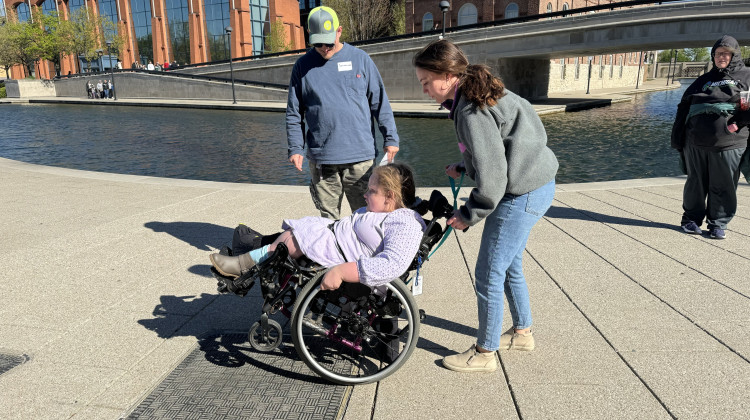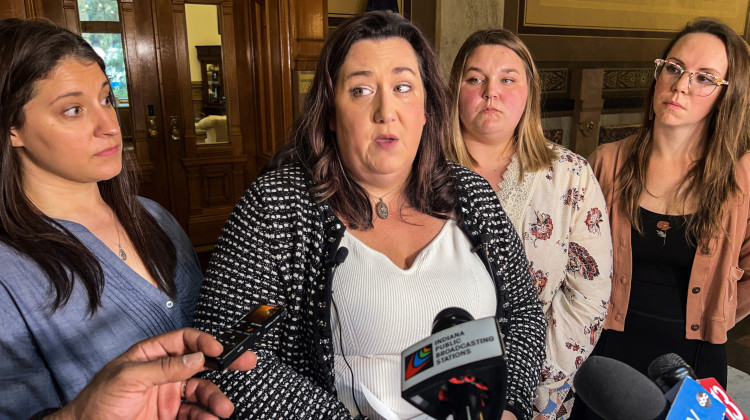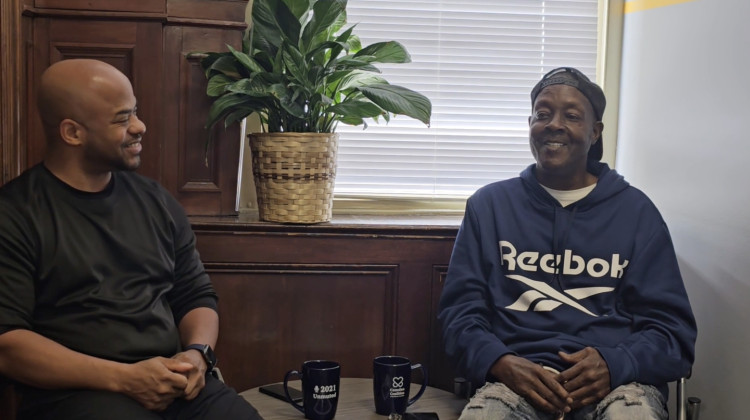JEFFERSONVILLE, Ind. (AP) — Intravenous drug users taking part in a southern Indiana county's needle exchange program returned over 90% of the syringes the program distributed last month, a return rate the county's top health officer calls "exceptional."
Clark County's program provides clean syringes in exchange for used ones to reduce needle-sharing that can lead to the spread of disease. Participants can receive hepatitis C and HIV testing, supplies, education and health and addiction treatment.
The program began the year with a return rate of around 70%, but in March alone, the program distributed 5,309 syringes and collected 4,296 syringes returned by program members, and an additional 650 "community syringes," the News and Tribune reported.
"That's one of the highest I've heard anywhere. Any return rate over 70% at a place not fudging their numbers is considered excellent." said Dr. Eric Yazel, health officer of Clark County. He called the return rate "exceptional."
Jack Coffman, president of the Clark County Commissioners, said he felt "pleasantly surprised" when he found out the return rate exceeded 93% in March. Coffman added that the program began in Clark County with trepidation from local officials and law enforcement.
But, with neighboring Scott County already running a similar program since 2016, Clark County needed to be more involved, Coffman said.
"We needed to help them and us, too," he said.
Clark County began the needle exchange program in January 2017 with the approval of the state following an HIV outbreak in Scott County connected to shared needles. The county expanded the program from one day a week to four in 2018 to increase access.
"Everybody in the health department is chipping in to make a difference in this work," Yazel said. "It's a tremendously dedicated team of people who care."
 DONATE
DONATE







 View More Programs
View More Programs


 Support WFYI. We can't do it without you.
Support WFYI. We can't do it without you.